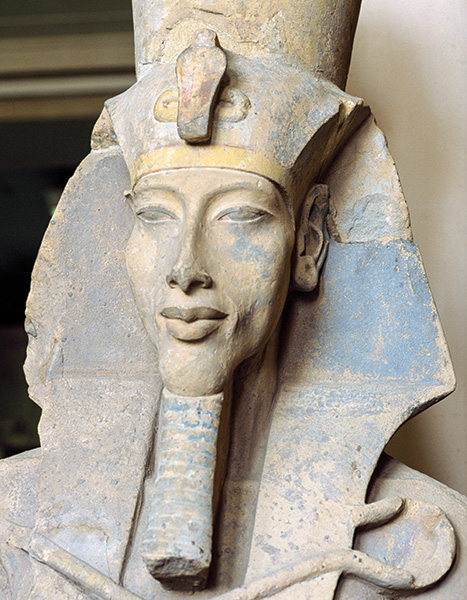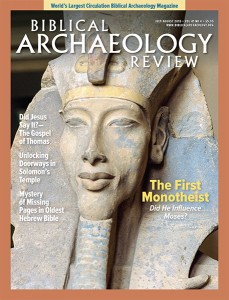
In late spring, 1349 B.C., the chariot of the Egyptian Pharaoh Akhenaten drew up in an open space before a dazzling white inscription on a cliff face overlooking the Nile. There Akhenaten and his queen Nefertiti made lavish offerings to the solar god Aten.
Then the pharaoh addressed his assembled courtiers: “I shall make Akhetaten for the Aten, my father, in this place ... I will make for myself the apartments of Pharaoh. I will make the apartments of the Great King’s Wife in Akhetaten.”


His pronouncement must have sent shivers of apprehension through the court traditionally based at Memphis or Thebes, for he was speaking at neither. He was speaking at a new site halfway between Memphis and Thebes. The deserted but spectacular semicircle of fertile land and cliffs, now known to archaeologists as El-Amarna, would become Akhetaten, the new capital of his domains. To leave no one in any doubt of his commitment, Akhenaten also ordered that tombs for himself, his wife and family be built in the cliffs nearby.
Already a library member? Log in here.
Institution user? Log in with your IP address.

